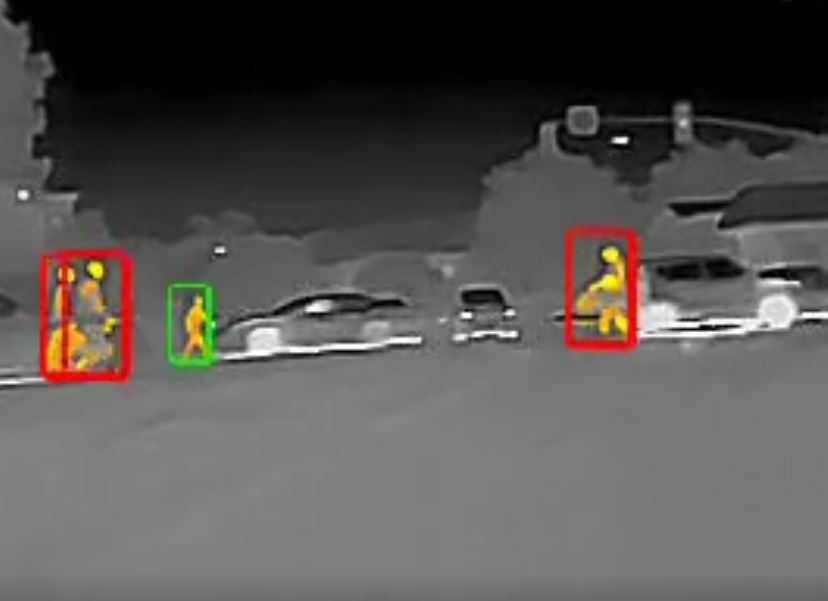S4WRXTTCS
Well-Known Member
I’m an FSD owner so it doesn’t personally affect me, but I believe Tesla owes EAP owners on HW2.5 updates that bring autosteer, NoA, Smart Summon, and Autopark to a completed non-beta state.
EAP is a Level 2 driver assist feature so the usage of the features will always come with disclaimers. Due to the nature of how Tesla uses (or misuses) the Beta tag I don't expect it to ever be removed from L2 products like autosteer.
FSD/HW3 will also always have a beta tag.
When FSD is capable of L3/L4 then the beta tag has to be removed as it would be pretty silly to have a beta tag a robot. It's basically telling people its a killer robot.
I do agree with you in that EAP owners are owed HW3 for different reasons. But, Tesla is never going to admit that.



